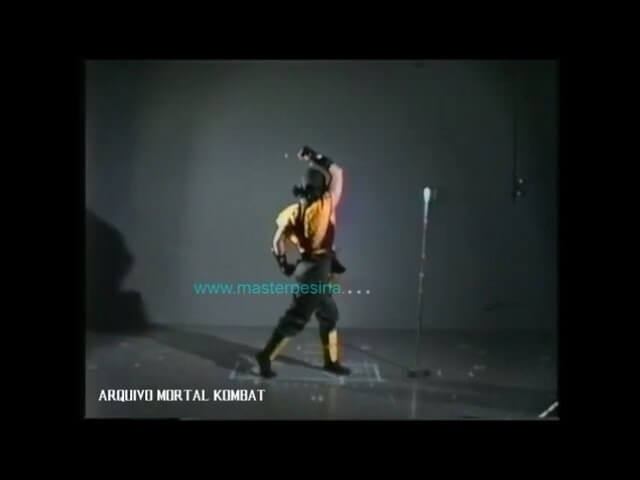The real-life martial artists behind the first Mortal Kombat game got screwed

Mortal Kombat’s graphics look fairly crude by today’s standards, but they were fairly revolutionary at the time. “Using real actors was something you hadn’t really seen in an arcade-style game yet — they weren’t this high fidelity, especially with fighting games,” says Game Daily managing editor Amanda Farough in a new oral history of the game from MEL Magazine. A good chunk of the oral history centers around these actors, the “makeshift broom closet” where they recorded their martial arts moves, and the ways in which they were all pretty much screwed once the game took off.
Daniel Pesina, the actor who portrayed Johnny Cage, Sub-Zero, Scorpion and Reptile, describes the working conditions as “nowhere near professional,” saying “it was like a junk closet, with a makeshift backdrop, makeshift lights and John had a camera — I think it was his dad’s — a HI-8 video, about the best quality at the time.”
Still, creativity bloomed there. Pretty much everyone interviewed agrees that the no shortage of the game’s most iconic touchstones, whether they be mythological or attack-based, were born in that room. As the assembled fighters were videotaped “[experimenting] with every martial art move for about three days, eight hours a day,” they toyed with moves, phrases, and fatalities specific to each character.
Scorpion’s spear, for example, was born out of these sessions, as was his “GET OVER HERE!” catchphrase. “‘GET OVER HERE!’ was [performer] Rich Divizio’s idea,” says Pesina. “One of the guys came up with the idea to take a lasso and twist it over my head, throw it and then pull somebody over. I was just like, ‘No, I’m not going to do the Wonder Woman thing.’ Being a martial artist, I had a rope dart, which is used to pull horsemen off their cavalry. Rich was like, ‘Oh, that’d be cool if you spear him in the chest and then you pull them over, and you’re like, ‘GET OVER HERE!’ and then you uppercut them.’”
There’s even footage of the revelation, though, as Divizio notes, it cuts off conspicuously right before he’s credited with the line. See it below.
All this is to say that it sucks that the performers were never given the proper credit, financial or otherwise, when the game went on to be a massive success. “We eventually realized we weren’t going to get paid what we were promised,” says Liz Malecki, who played Sonya. “There was a lot of talk when we were making the game like, ‘Well, when this picks up, we’ll take care of you.’” That never happened and, to boot, they were facing backlash from those in their fitness communities for being part of a game that many of the era believed glorified violence. As such, a number of the performers sued for intellectual property, though the rulings were not in their favor.
Divizio, who played Kano in the game, sums it up thusly:
I ended up working at Home Depot in 1997 — yeah, Kano working at the Home Depot plumbing department, but that’s life. You know, in 1995, Mortal Kombat makes $5 billion and becomes part of this historic thing that changes video gaming, and you’re the guy who created “GET OVER HERE!”, your face and likeness is on all the promotions, they use everything you do, but it’s that corporate crap. I don’t think they actually knew that the people who were down in that room being filmed were creative, or even friends with John.
Read the full oral history, which touches on everything from Goro’s creation to Jean-Claude Van Damme’s disinterest to the porting process, here.